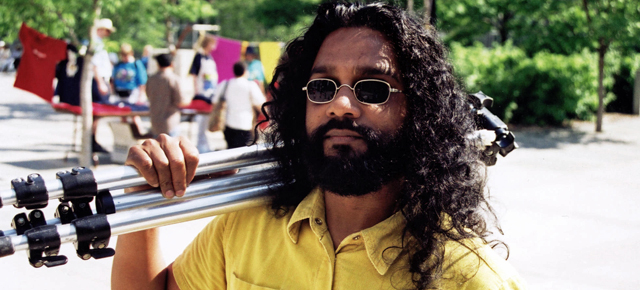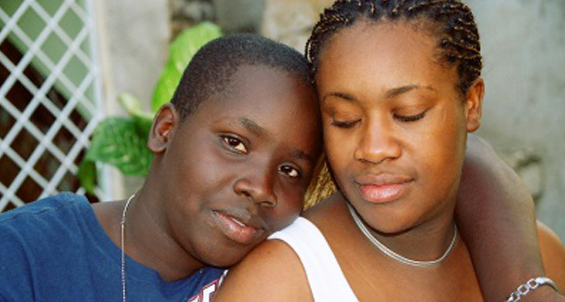What does it mean to be “label-free” and what is the Label Free Zone?
The Label Free Zone is a new web project funded by the NFB that gives a voice to people who have been labeled with intellectual disabilities. I recently talked to Josée Boulanger, project manager, who told me a little bit about the site.
***
Julie Matlin: How did the Label Free Zone come about?
Josée Boulanger: It started in connection with the Freedom Tour documentary, a film about intellectually disabled people’s experiences living in institutions versus living in communities. For this project, I was working with People First, an organization/movement for those labelled with an intellectual disability.
During the filming of this project, so many people wanted to share their stories and it was obvious they couldn’t all be part of the documentary. That’s when the idea to build a website came up. The NFB was interested, so we took the time, developed the idea and wrote a proposal.
I then worked with a committee across Canada to get guidance in developing the website. The name, Label Free Zone, comes from the notion of labeling jars, not people. The saying is very common to the whole disability rights movement.
JM: How are the videos for the site created?
JB: We collected content for the website while we were on the Freedom Tour, as it was our first opportunity to collect stories from institution survivors. We then visited 5 provinces: the Yukon, Saskatchewan, Manitoba, Ontario and Nova Scotia.
We visited People First chapters and spent 6 days with the participants in each province. We would sit around a table, go through photographs (which we asked the participants to bring ), and talk about their work, self-advocacy, their childhoods, etc. Then we came up with their short video stories.
Each person then had one day to shoot their story in whichever location they chose. Once edited, we consulted with the filmmaker to make sure the film reflected what they wanted to depict. It was important to ensure that they felt proud of their video story.
JM: Why did you create this site? Who is it intended for?
JB: The site is geared towards people within the community so that they can get a sense of solidarity and the sense that they’re part of a larger picture. But it’s also for family members, support workers and those working directly with this community.
People who have been “labeled” experience feelings of frustration and isolation – they are perceived as so different that they feel they’re not wanted anywhere. People in Canada are still very much marginalized and live segregated lives. Even those who live as part of the community are taking adapted transportation, going to day programs specified for them. There is very little contact between this community and the rest of society. We’re hoping the label free zone can help bridge that gap.
All of the stories on the site centre around issues like privacy, personal freedom, control and choice – these are issues that are common to everyone.
JM: How are the videos being rolled out?
JB: There are now over 10 videos online, with more being added over the course of the next year. Our idea is to release 1 new video per month, along with a specific question for people to think about and discuss. You can share your opinions and thoughts about each video, using either text or video comments.
There’s also a Speak section, in which people can discuss specific topics. For example, at the moment the topic is Institutions, and we’re encouraging people to share their thoughts, either by written or video comments, on that subject.
***
Check out the Label Free Zone at http://lfz.nfb.ca and let us know what you think.

